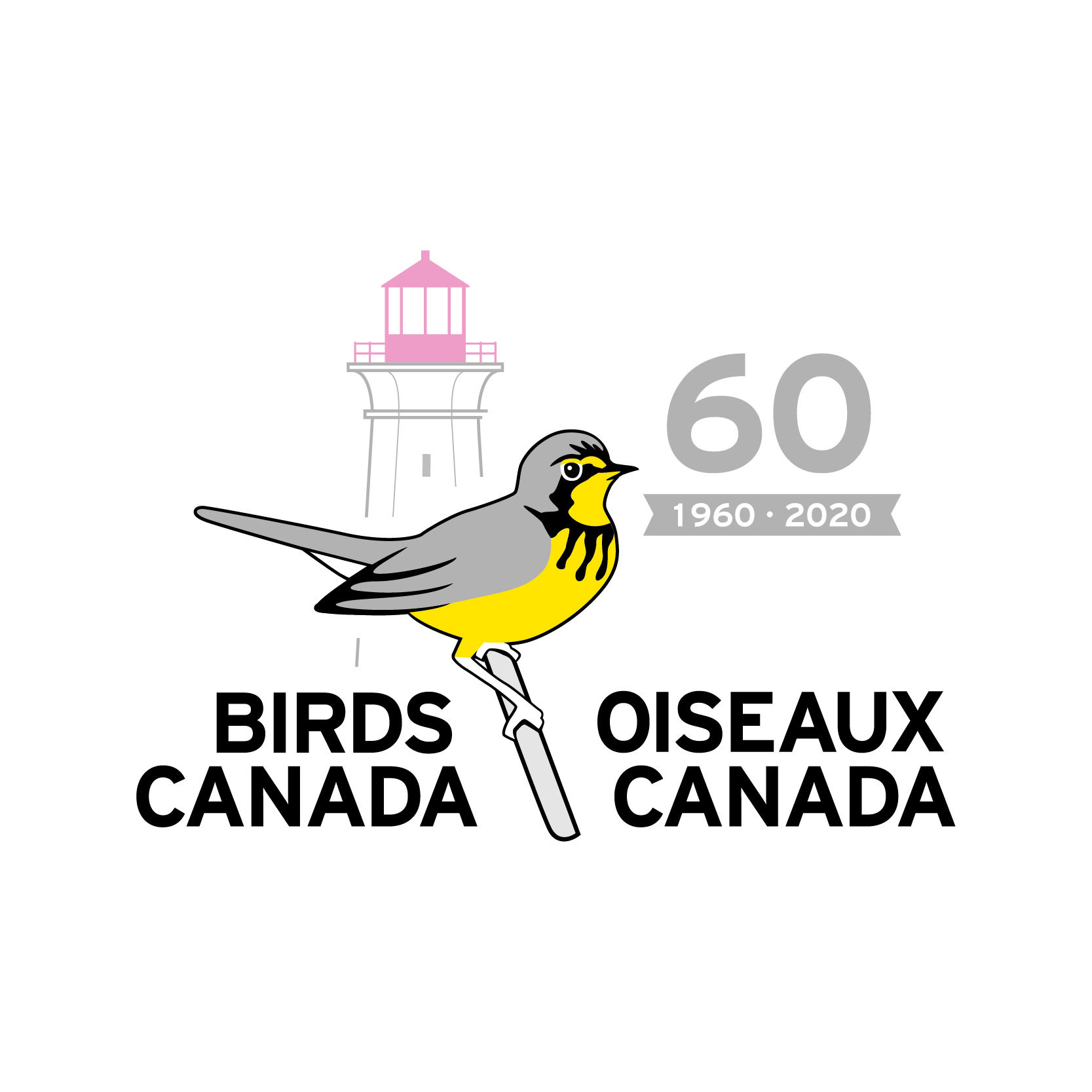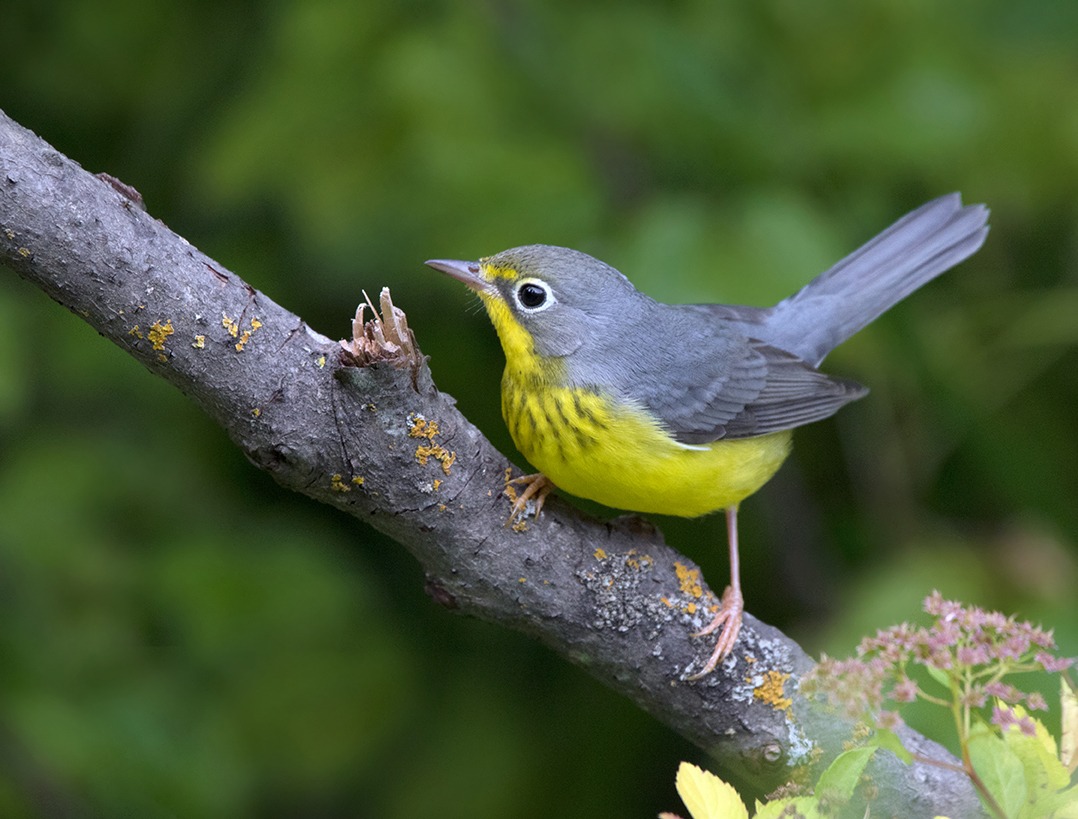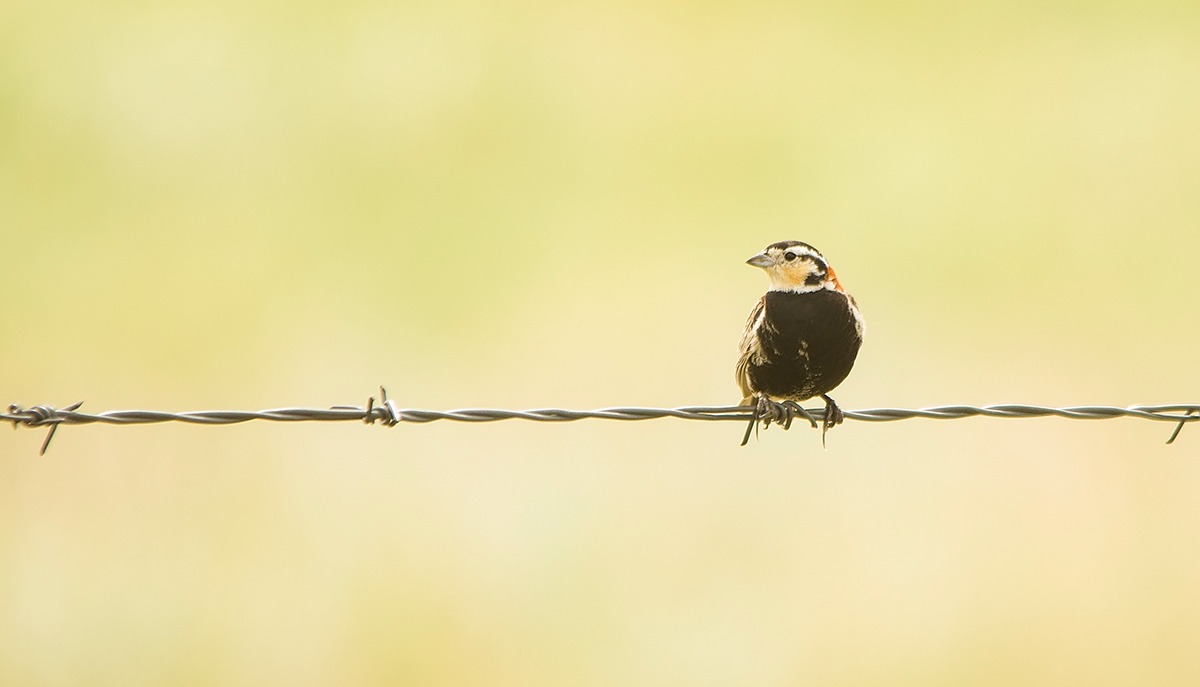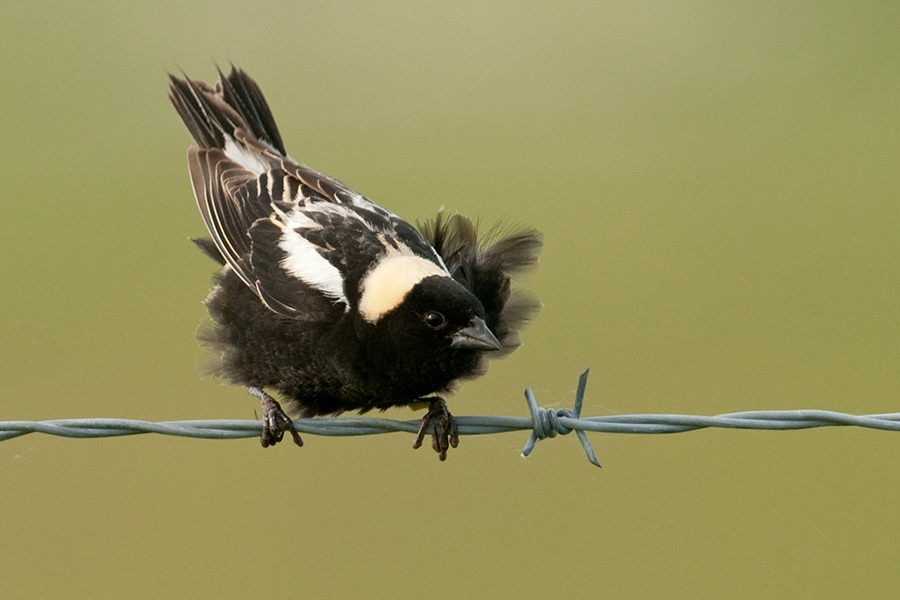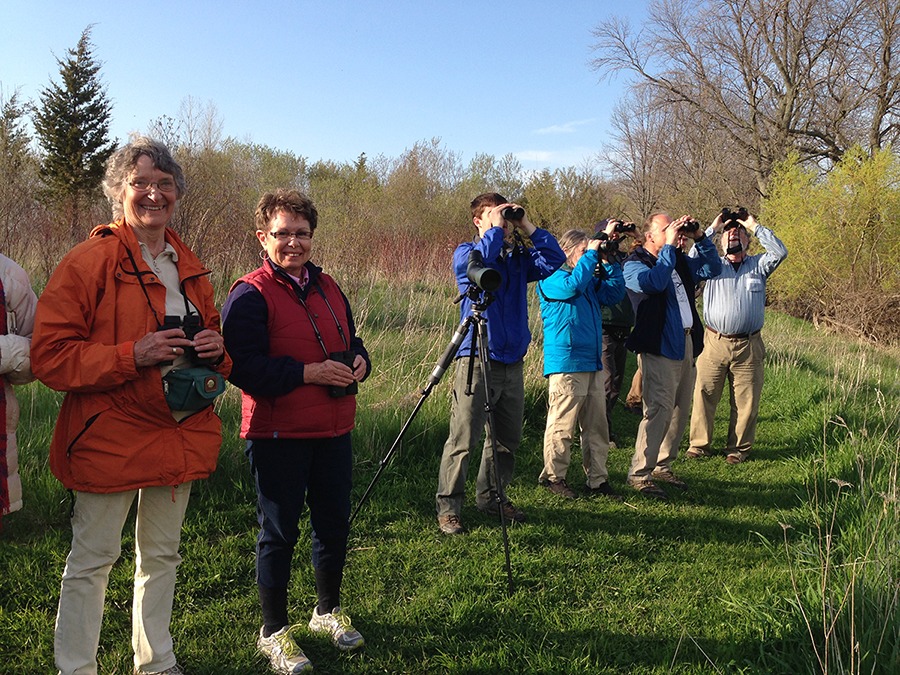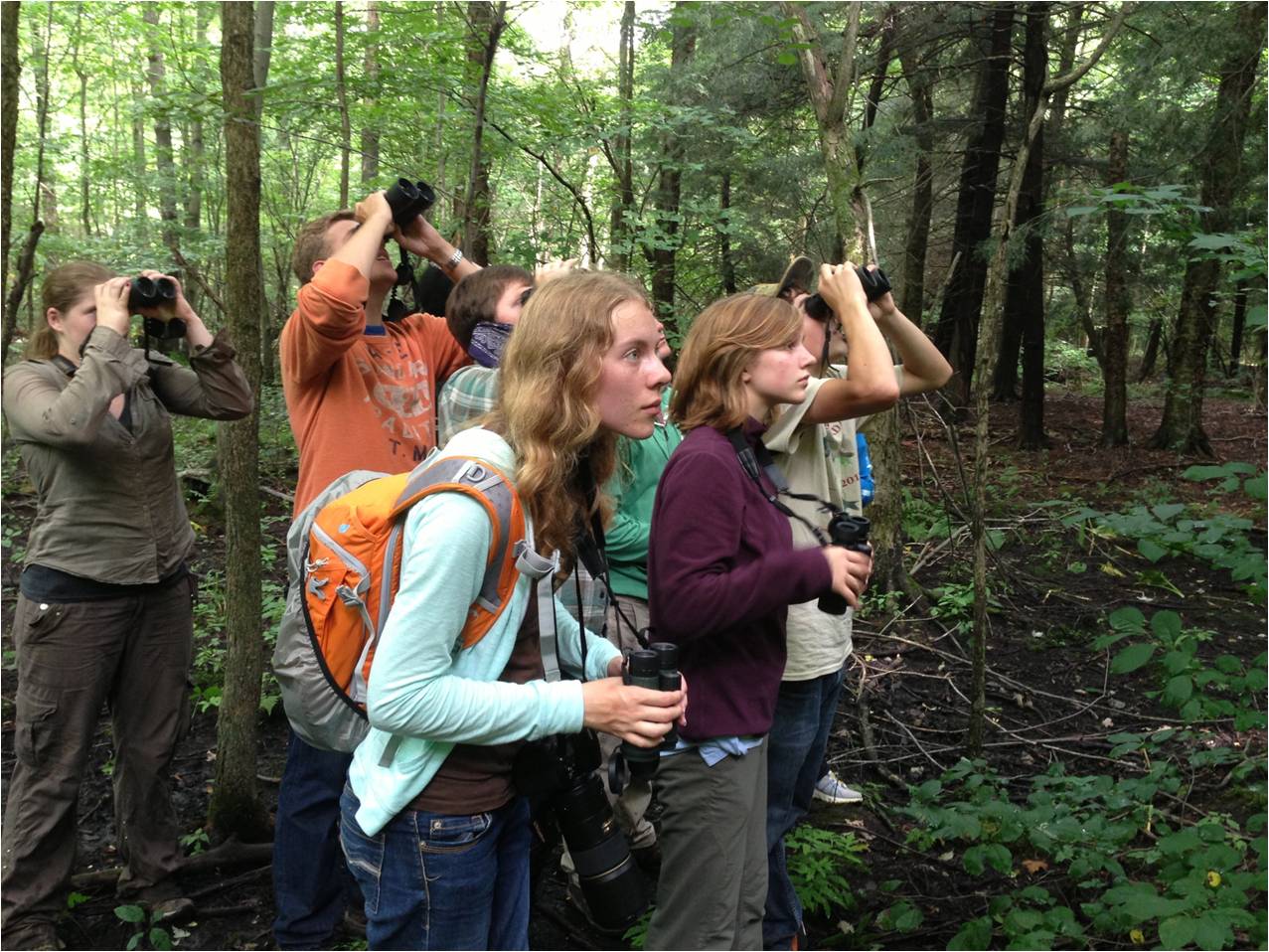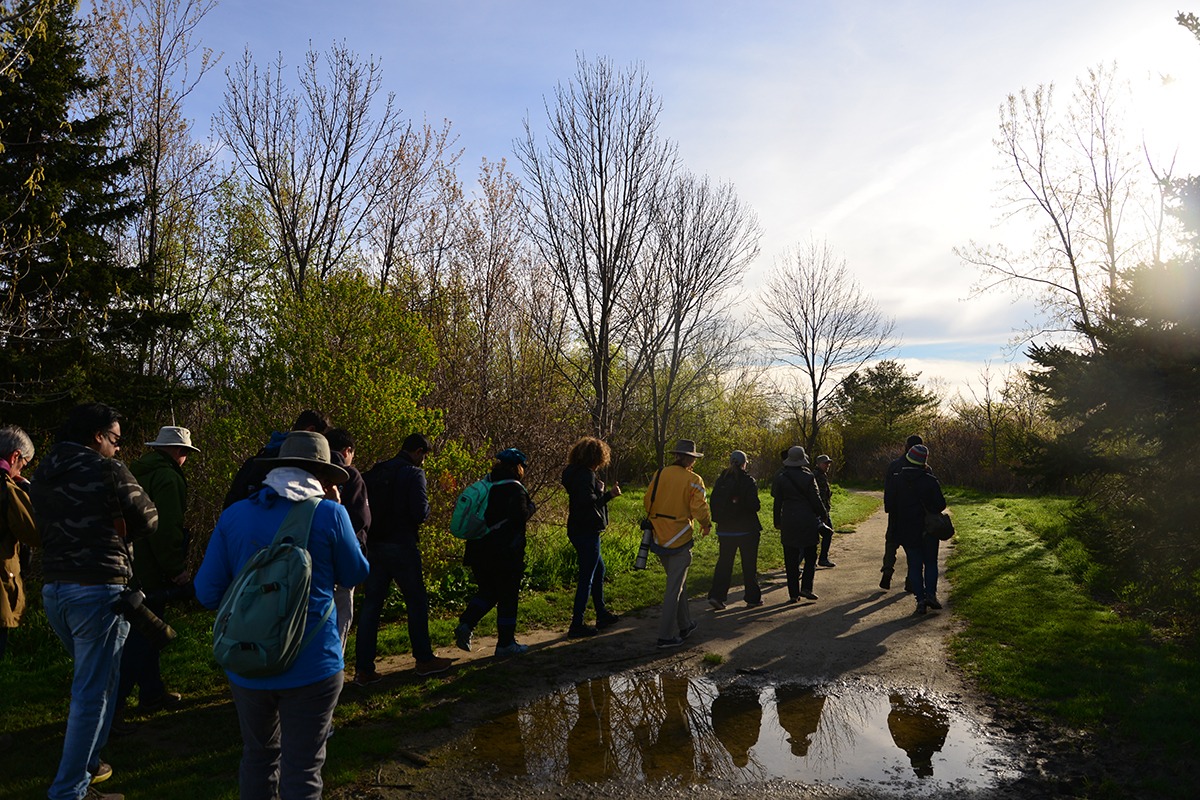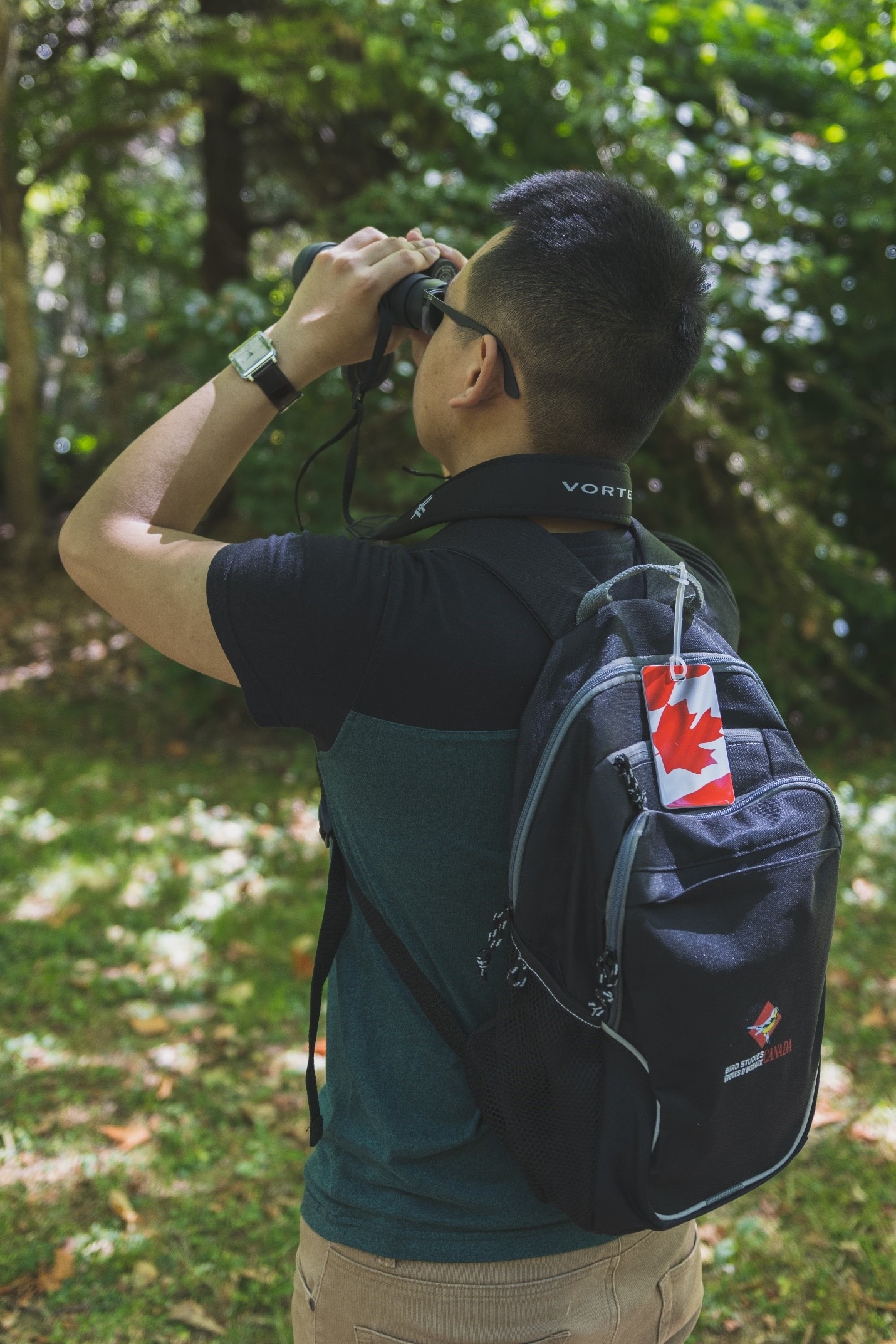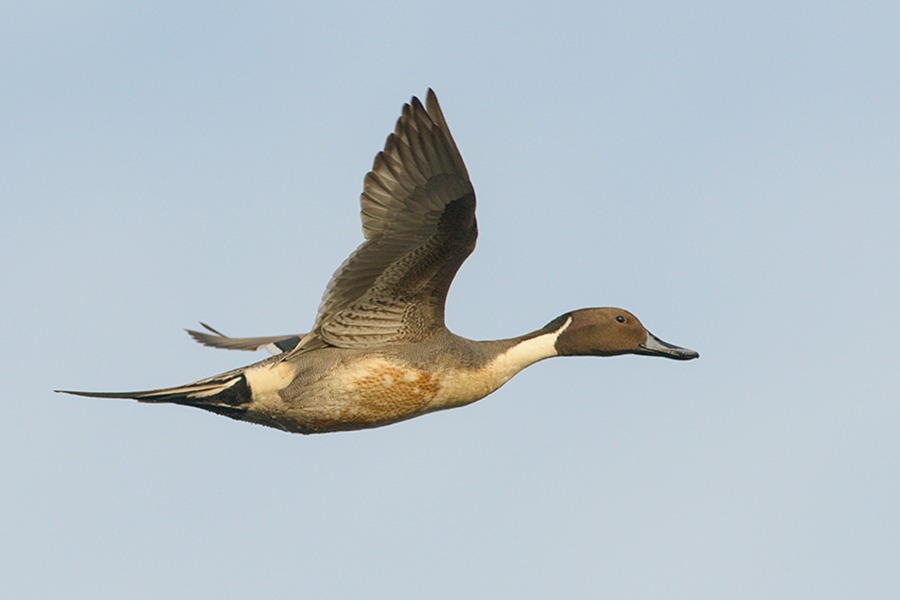CONSERVE BIRDS
60 Years of Driving Results for Birds
Birds Canada works to conserve birds through sound science, on-the-ground actions, innovative partnerships, public engagement, and science-based advocacy. Nearly 60,000 outstanding Canadians volunteer as Citizen Scientists for one or more of Birds Canada’s programs, keeping an eye on the health of bird populations.
We believe the most effective conservation results arise from a multifaceted approach which addresses the needs of habitats, people, and species.
Thanks to the support of our caring members, donors, volunteers, and conservation partners, we are driving conservation results for birds throughout Canada and beyond. Read on to discover some of the ways our supporters are making a positive impact for birds.
Conservation Impact: Species and Habitats
Almost all of the 60 or so Piping Plover nesting beaches in Nova Scotia, New Brunswick and Ontario are now being monitored annually by our staff, volunteers and partners. As a result, we have seen some exciting recovery from habitat loss and human disturbance which were the main reasons the beloved plover became Endangered in Canada.
Through our Forest Birds at Risk program, thousands of hectares of grassland, forest, and wetland habitat in southern Ontario have benefitted from restoration and the management of at-risk species. This includes habitats for warblers such as the Hooded, Prothonotary, Canada, Cerulean, and Golden-winged warblers, and other species such as the Acadian Flycatcher, Eastern Wood-Pewee, Wood Thrush, Louisiana Waterthrush, and Red-shouldered Hawk.
Birds Canada volunteers and partners are actively protecting and stewarding approximately 130 Chimney Swift roost and nest sites that support around 10,000 swifts – between 15% and 50% of the estimated Canadian population. Our volunteer and partner network is also monitoring more than 1000 other Chimney Swift roost and nest sites from Manitoba to Nova Scotia.
Critical migratory corridors of birds, bats and Monarch butterflies within the Long Point Biosphere Reserve have been maintained through successfully advocating against wind turbine placement inside the reserve.
In the Canadian Prairies, we work with 62 landowners on more than 16,000 hectares of native grassland, helping to maintain some of the last populations of the 12 primary prairie endemic birds, like the Chestnut-collared Longspur and Sprague’s Pipit. This involves low-intensity “conservation grazing” of community pastures outside protected areas.
In southern Ontario, we worked with an alliance of farmers, conservation groups, and government to develop bird-friendly haying and grazing practices across 15,000 hectares of high value habitat for birds like the Eastern Meadowlark and Bobolink.
Inspiring and Empowering Champions for Birds
A network of Caretaker groups and thousands of individuals working in at least 265 of Canada’s Important Bird and Biodiversity Areas are improving habitat management, monitoring population status and threats, and enabling communities to undertake stewardship action and science-based advocacy.
To date, over $6 million has been raised by supporters for conservation work throughout Canada through our annual Great Canadian Birdathon.
Over 1000 next-generation citizen and conservation scientists have been nurtured at the Long Point Bird Observatory: 175 Doug Tarry Young Ornithologists have graduated since 1994, and 1000 volunteer ornithologists have been trained in bird banding and migration studies.
More than 10,000 enthusiastic youth each year are more aware of birds and the environment, having completed curriculum-based and community bird education programs.
10,000 new and seasoned birdwatchers participate in Toronto Bird Celebration events each year.
Leading Conservation Science and Critical Research
The Birds Canada Motus Wildlife Tracking System now contains over 800 receiving stations in nearly 30 countries.
Motus and field observations identified previously unknown breeding behaviour and migration stopovers between the Bahamas and the U.S. and Canada for one of North America’s rarest songbirds, the Kirtland’s Warbler. We now know where to protect and how to expand nesting habitat, and how to guide wind energy siting along the migration route.
New discoveries in migration include 2500-km over-ocean flights by the 12-g Blackpoll Warbler, and 1400-km single-night flights of Red Knots from James Bay to the Atlantic Coast. Discoveries like these are now possible thanks to the Motus Wildlife Tracking System.
50% of Canada’s 1 billion hectares has been surveyed through provincial breeding bird atlases. The atlas publications are made possible thanks to over 10,000 volunteers, and are critical tools for wildlife and habitat management and conservation.
Risk assessments of over 40 species in Canada have been informed by Citizen Science data and Birds Canada staff expertise, leading to Species at Risk Act listings, Recovery Strategies, and conservation actions.
State of Canada’s Birds Reports are made possible by some of the more than 30 bird monitoring programs led by Birds Canada, and by our nearly 60,000 volunteers.

